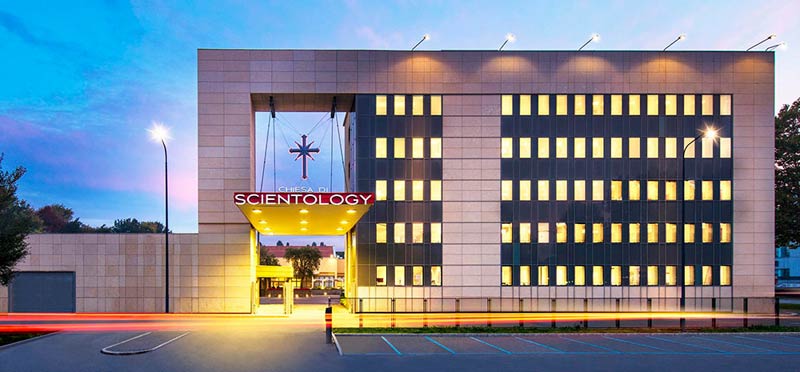
STONE IN CONTEMPORARY ARCHITECTURE
Taken from: MASSIVE STONE IN ARCHITECTURE: TRADITION AND INNOVATION
by Ing. Angela Valdesolo
"Stone is more stone than once." (Nietzsche, Human too human).
The lithic material presents itself to us, in an eternal present, recognizable and identical to itself, like that of the past, and is waiting to receive today - as in other times - an interpretation, a specific application method, a new enhancement.
(Stone architecture, ancient and new building magisteriums - Alfonso Acocella, 2004)
The qualities of the stone, such as its weight, hardness, resistance to fire and atmospheric agents, have made it possible to obtain solid constructions from a static point of view, whose duration is measured in centuries not in years.
Therefore the stone, until the beginning of the 1900s, was preferred by the builders to other materials, with the exception of places where it was impossible to find or transport from other places of production was too expensive.
As already described, the stones then lost much of their importance due to the high burden of excavation, processing and transport; the use of stone materials also had a significant impact on the economy of the buildings, mainly given by the strong thickness of the stone walls that take up too much space compared to new technologies.
All this has weighed on the role of stone, which for centuries has maintained the role of structural element par excellence, sometimes coming to assume a marginal position in our days among the main building materials (steel and concrete).
Stone materials are today mainly used in completion and finishing roles, as well as inert material for road works, for the formation of conglomerates and as a raw material for the production of binders.
There is therefore a tendency towards rationalization and optimization of traditional construction methods, towards processing for "small elements". The coating, in fact, still constitutes the field of greatest use of stone materials, with the development of new on-site production techniques and new panels, aimed at giving the stone facing:
- better performance and static safety features;
- possibility of use in new buildings and / or in restoration interventions;
- simplicity of installation and possible maintenance replacement;
- integration with today's construction systems;
- tendentially automated production methods.
The specific knowledge of the production processes becomes, therefore, an additional work indispensable for the designer who wants to operate in step with his own era.
Knowledge made necessary by the little creative freedom granted to architects, due to the constraints existing in the field of industrial production focused today on a more aesthetic use of stone.
However, stone materials are not used exclusively as a coating for interiors and exteriors or for decorative elements, even if it is the area of greatest diffusion, as there are contemporary reproposals with massive use.
It is precisely through the knowledge of these processes, together with the physical and mechanical characteristics of each stone material, that it is therefore possible to discover all the creative potential within which to work, managing to also glimpse the new possibilities of use.
This is what was done by Renzo Piano, in the study of the "stone - steel" combination, by Antón Garcia Abril with the construction of a load-bearing facade in thick facing, or simply by Perraudin in the revival of the trilite technique.
The important thing, to grow and develop contemporary stone technology, is to collect the legacy of the past and enrich it with the present contributions to pass it on to the future with the consistency and gradualness that governs the development of any process.

